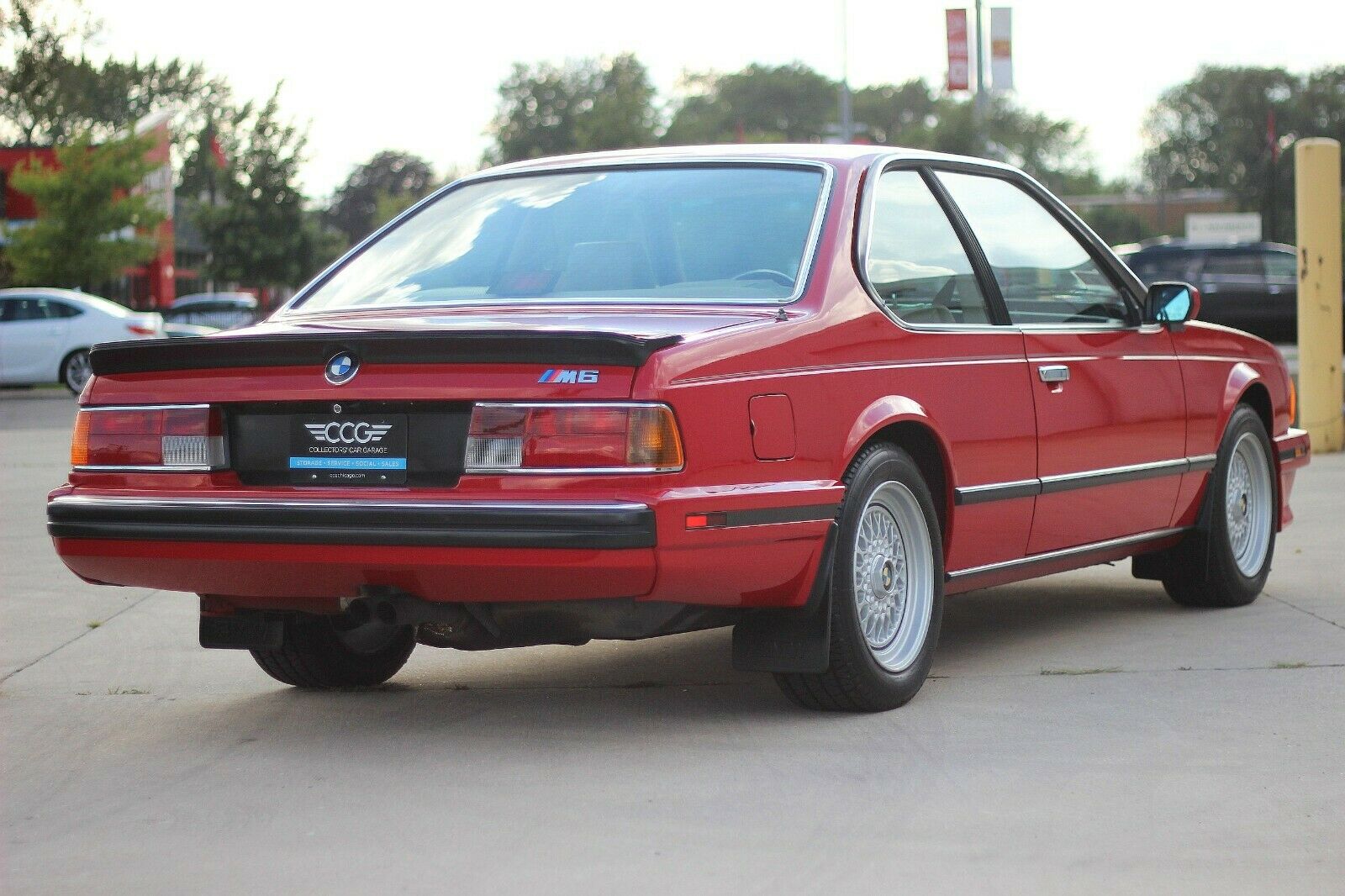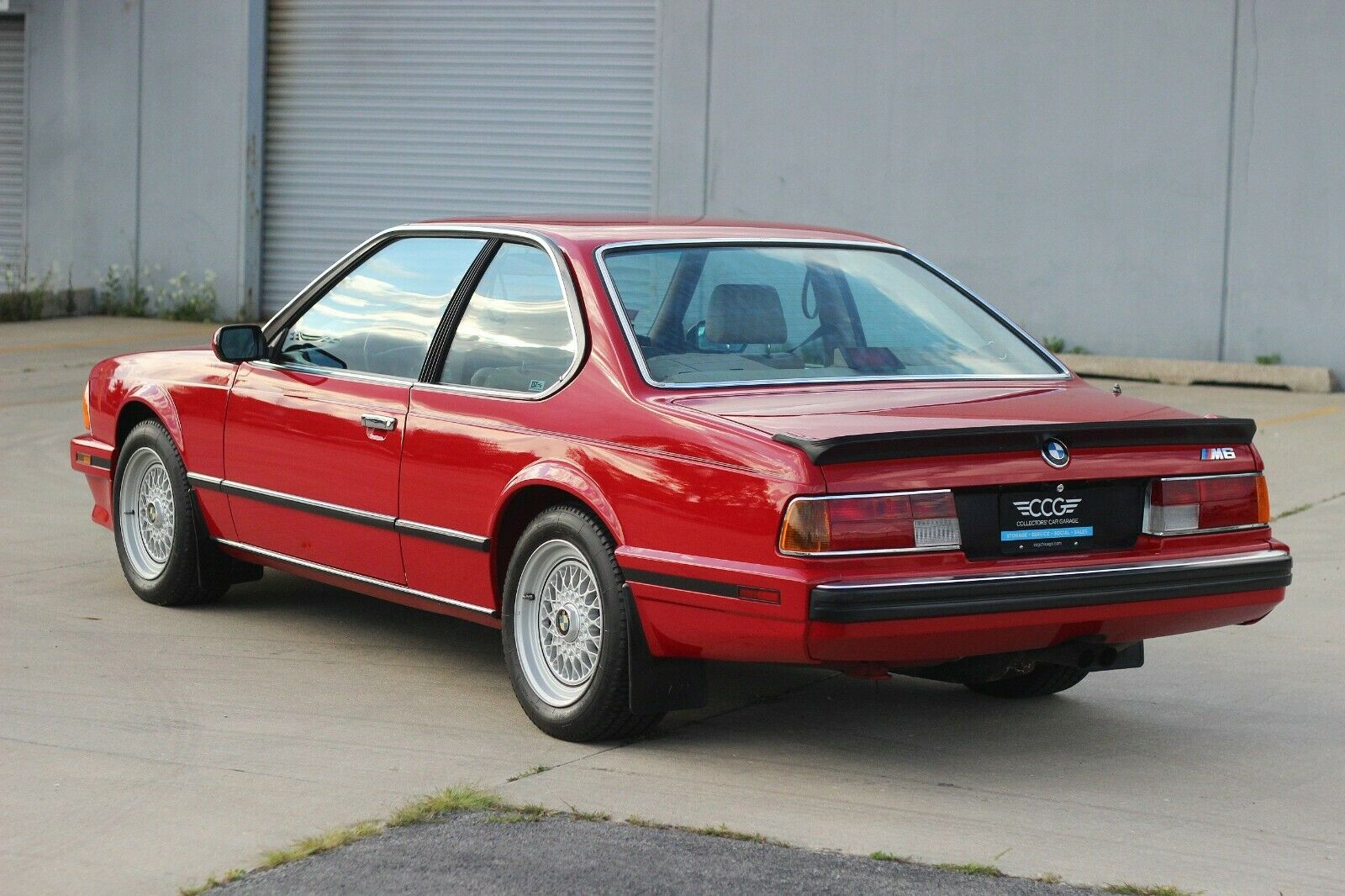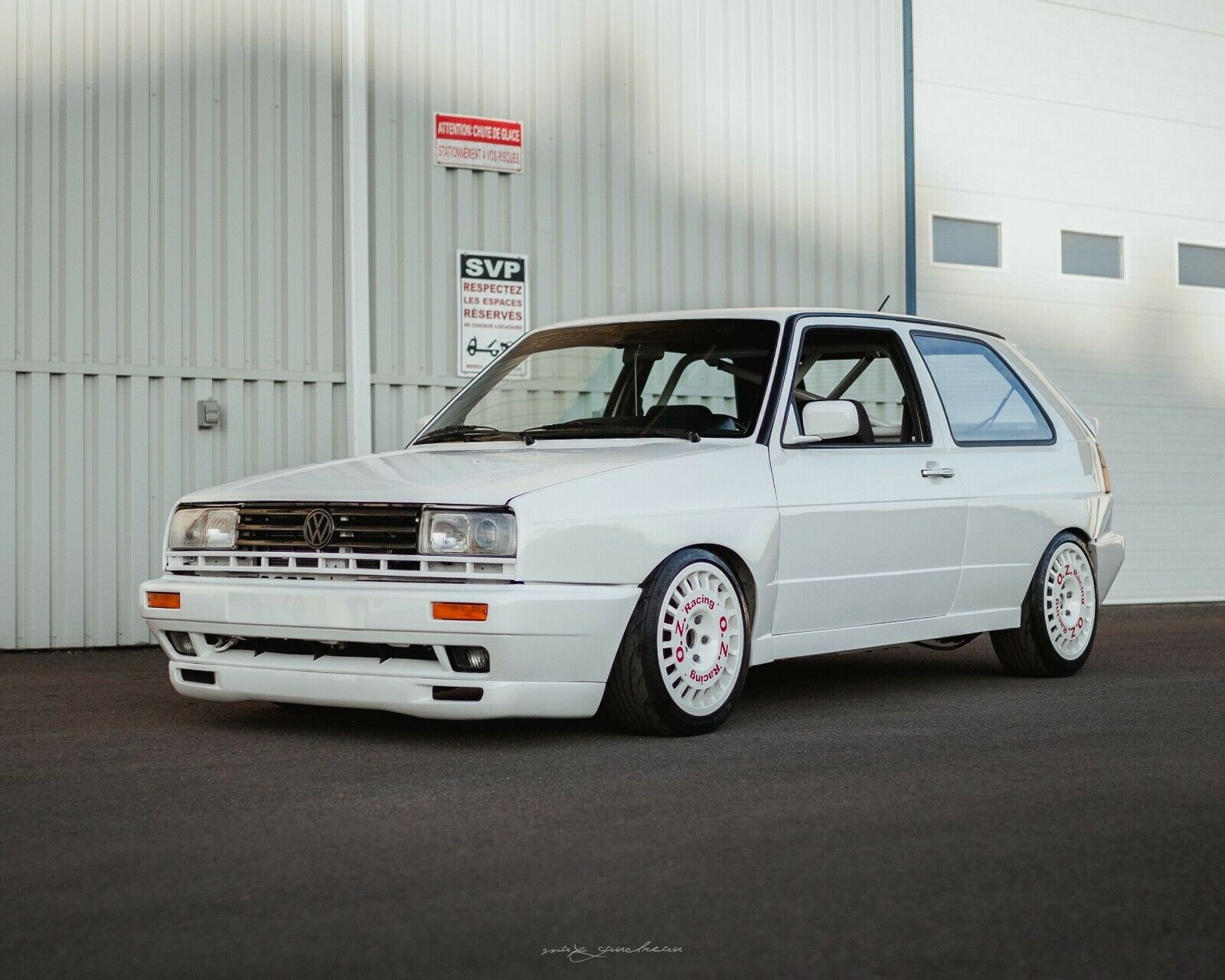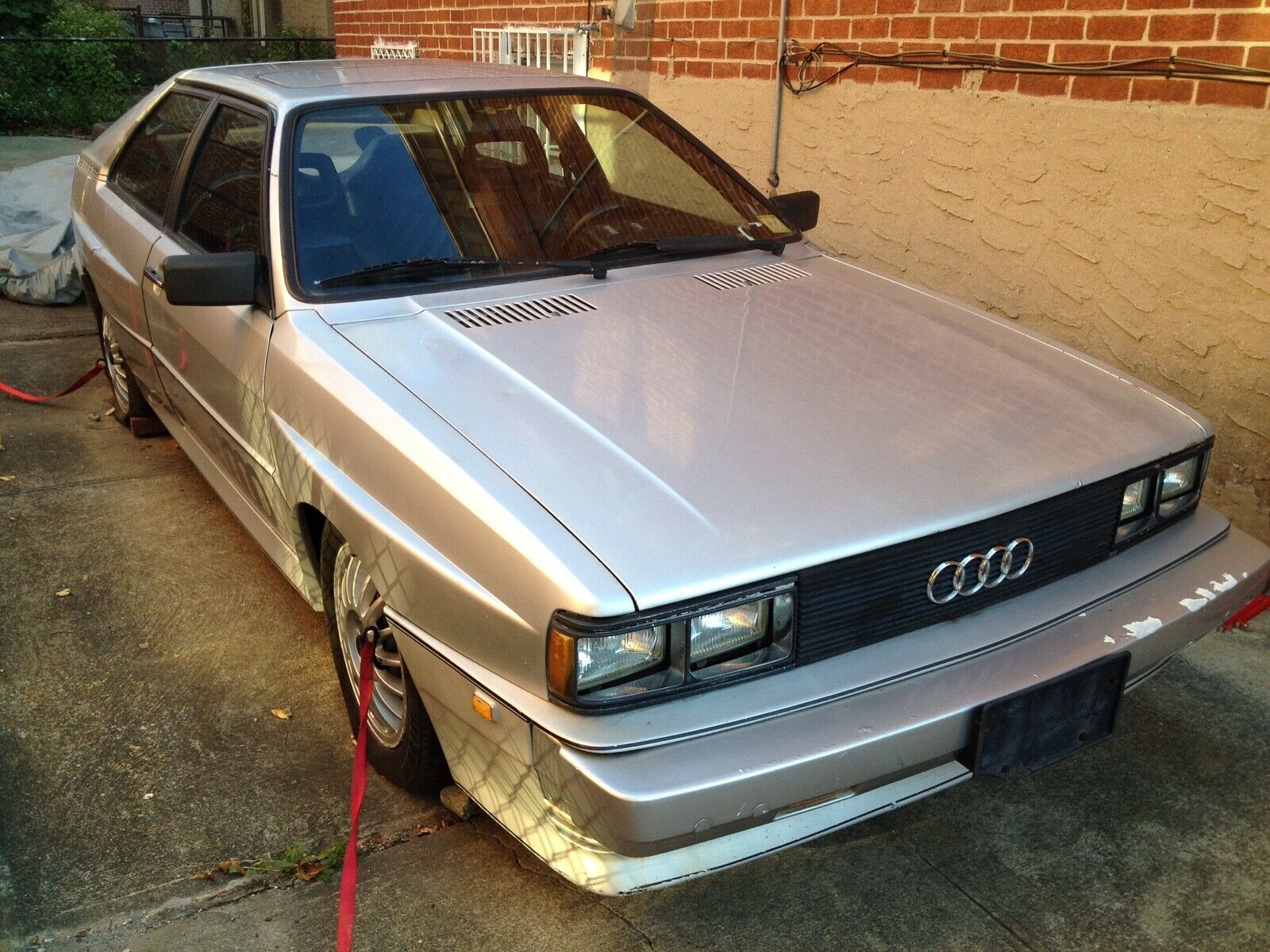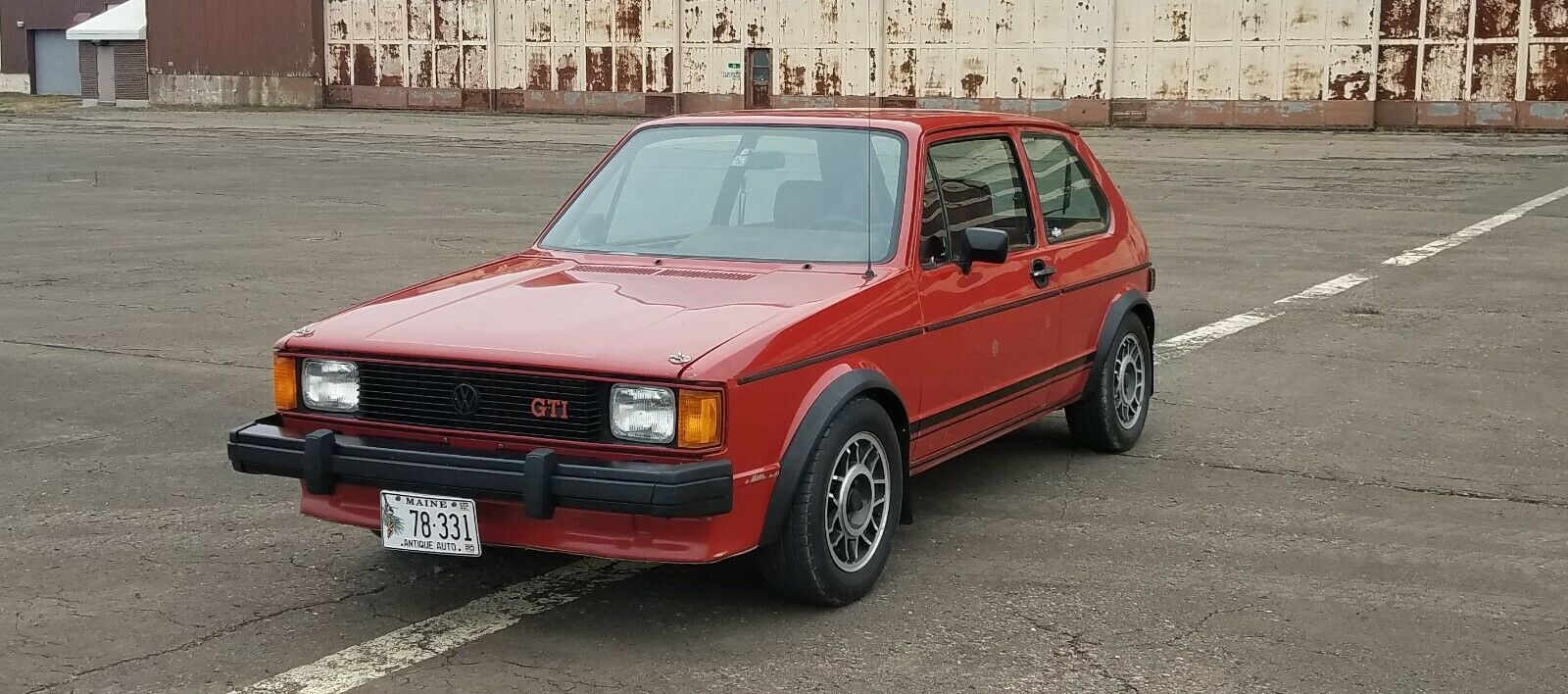
I owned an A1 GTI once. It was one of the worst automotive decisions I’ve ever made. This comes from a man who bought a non-running Audi 200 Avant full of bees in a field in New Hampshire, mind you.
Back in 1998, I bought a non-running, rusty and very tired black over blue 1984 example for $300. I had every intention of “restoring” it to back good condition, but I was 21 and a poor college student and it was 14. But it wasn’t the age (or the mileage, Indiana), it was how it had been treated in that 14 years. After all, my current Passat is 17 years old and while it’s not perfect, it’s pretty damn nice. Heck, my M3 is 16 years old and basically looks and drives new. No, age was much harder on the cars of the early 1980s; plastics weren’t as durable as they are now, nor was paint. Metal was more rust prone and the electronics were no where near as reliable even though there were so far fewer in the car. To back my GTi up, you could simply look through the crease in the bodywork between the taillights and the rear floor where there was no longer metal. Every single bushing was gone, and what was left vibrated like an unattended paint shaker at Home Depot set to high. The paint was ruined – the car had clearly been hit at some point, so the passenger door and fender were a different shade of black than the rest of the car, which could more be described as dark gray spread very thinly over light gray primer. One time it started itself, which was a bit scary. Another time, it refused to start because the starter had removed itself from the transmission, but only enough to jam the gear into the flywheel. Then one fateful night one a ride home from a late shift at work, the fuse box lit on fire, consuming the functionality of all electrics save the high beams. I had sunk a few thousand dollars into keeping that car running and improving it over the year and a half I drove it. Ultimately I sold it for parts – for $300.
I won’t over romanticize my life with a GTI. I was not sad to see it go. I don’t wish I had it back – in fact, it may be the only car I owned that I never long to sit in again. Indeed, I even have more connection to a few parts cars that I bought but never drove. But, I will say that it did provide me with some entertaining stories. And when it ran right (there were at least two times), it was really a joy to be behind the wheel. There were glimpses of its former glory; you could get in, start it up and immediately be driving at 11/10ths everywhere you went. 40 m.p.h. has only felt near as exhilarating on my bicycle. And the shape was beautiful in such a strange, boxy way. I certainly wouldn’t mind owning a GTI (again), and every time I see one pop up I take notice:


